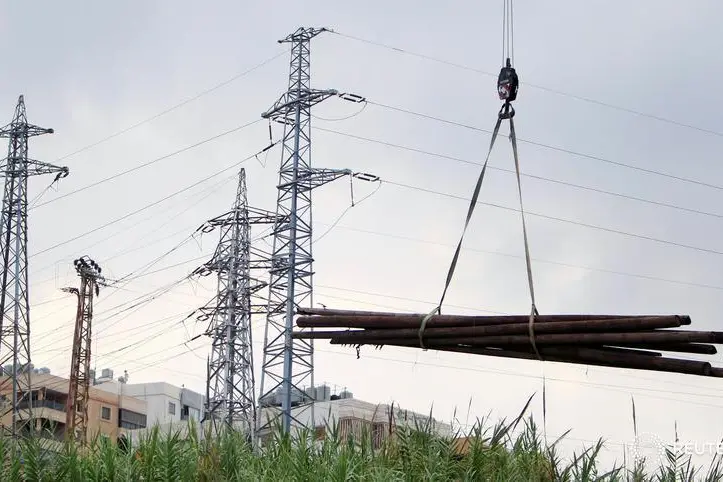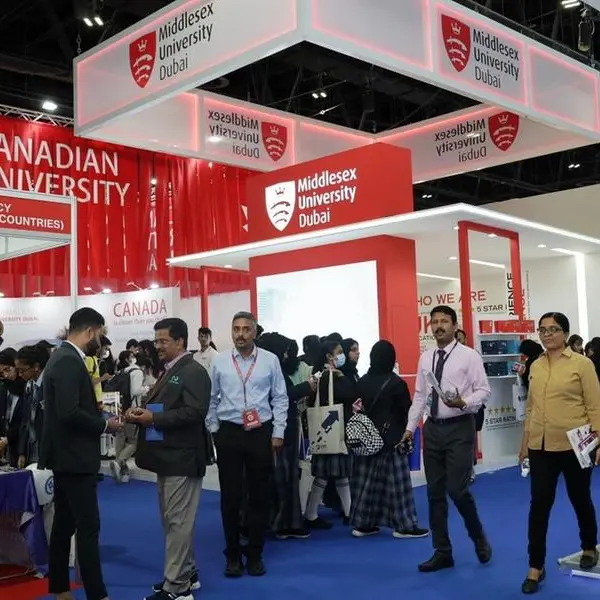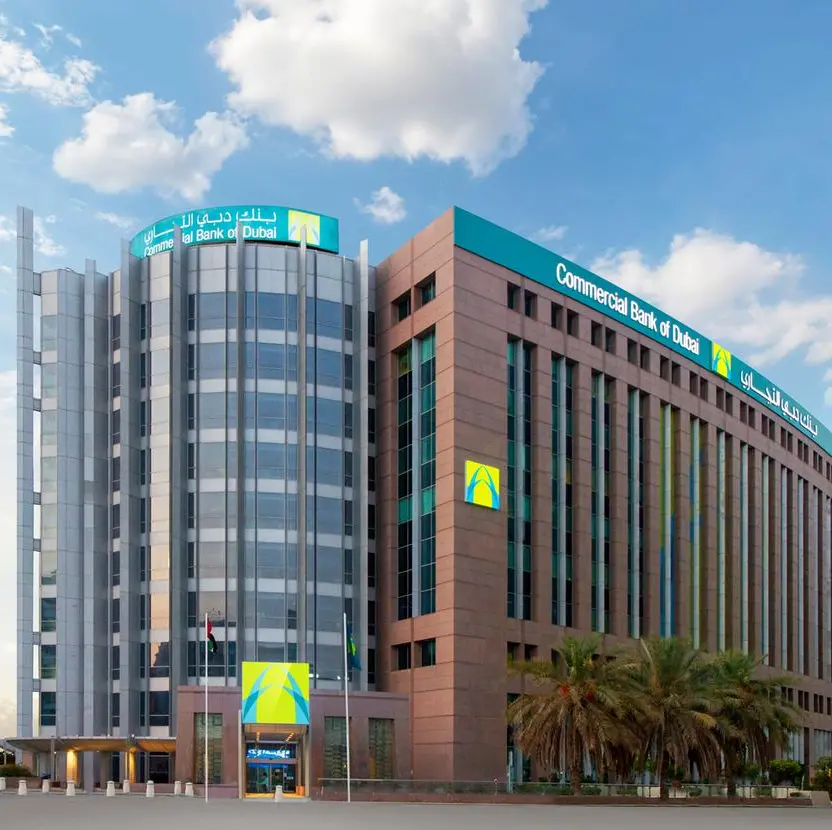PHOTO
BEIRUT: The new plan to fix Lebanon’s decrepit electricity sector sets out a starkly ambitious vision, including providing 24/7 electricity by next year and building six brand new power plants over the next six years. The Energy Ministry’s “Updated Policy Paper for the Electricity Sector,” a copy of which has been obtained by The Daily Star, has for the past weeks been the subject of closed-door debate by a specialized ministerial committee.
No major changes to its text have been announced from the version The Daily Star has reviewed, dated March 18, 2019.
Its main two goals are to reduce the crushing deficit in state-run Electricite du Liban and increase power production. To achieve this, the plan sets out an ambitious vision spanning the next decade that includes a short-term stopgap measure, a long-term plan to build new power plants, and a reduction of financial losses and technical waste of electricity.
Lebanon’s peak electricity demand last year sat at almost 3,500 megawatts, while production hovers at about 2,050 MW. Unable to provide 24/7 coverage, EDL has maintained the same tariff since 1994, resulting in a bulging deficit as fuel prices increased. In recent years, this deficit has ranged between $1.5 billion and $2 billion, depending largely on oil prices in international markets.
The country’s old, inefficient power plants add to the issue with their high running costs, while almost 34 percent of electricity is lost via “technical losses,” such as failures in the grid, and “nontechnical losses,” including theft, according to the plan.
The influx of Syrian refugees since 2012 has also played a part, adding some 500 MW of consumption, according to the Energy Ministry.
Political squabbling and instability have only made matters worse, resulting in little progress on building new power plants. Now, those same officials appear on the brink of endorsing a plan that they say will bring Lebanon out of the perpetual power cuts of the last 30 years.
SHORT-TERM PLAN
The plan is two-pronged, with short- and long-term aspects that are set to proceed at the same time.
It begins in earnest by securing 1,450 MW of temporary power by early 2020, to reach a 3,500 MW output. This figure is just enough to secure 24/7 electricity at peak demand. Temporary production units are expected to be kept in place for three to five years, or until permanent power plants can be built.
However, it remains a point of contention among ministers as to how the tendering process for those units would unfold.
The issue is set to be put to a Cabinet vote when the plan is eventually endorsed, as early as Friday.
Once production exceeds 20 hours a day, the government has pledged to begin raising the electricity tariff. The goal is to reach LL217 per kilowatt-hour in 2020, up from the current rate of LL129 per kWh (reaching $0.1438 from the current $0.092). The plan notes, however, that the new tariff should be tied to the price of oil so that EDL doesn’t end up falling into deficit once again if oil prices surge.
This increase in the price of electricity would have “very little impact” on the overall electricity bill of Lebanon residents because of the parallel decrease in the cost of subscriptions to private electricity generators, the plan says.
In an accompanying table, an almost threefold increase in the EDL electricity bill is shown for Lebanese households, in brackets laid out according to their consumption.
For the biggest bracket, some 375,000 households with the lowest consumption, their bill would nearly triple from about LL40,000 to LL110,000. But, because it estimates generator subscription bills to fall to zero in 2020, from some LL90,000 today, it says the total bill would actually be reduced by about LL20,000, or 14 percent.
This calculation excludes the many low-income Lebanese who cannot afford generators, and those who chose not to use them.
Information Minister Jamal Jarrah said Wednesday after a meeting of the ministerial committee studying the plan that the increase in the tariff would be enacted according to the level of consumption, which is an indicator of wealth.
Beginning this year, EDL is also working to reduce losses from 34 percent to 11 percent by 2026, and is already taking steps to boost its income by collecting outstanding bills. This includes LL555 billion in outstanding bills from citizens, to be collected in the next two years in partnership with private companies.
“Political factions [should] support the bill collection process by creating the appropriate atmosphere to describe to citizens the importance of paying their bills without delay,” the plan notes. EDL is also asked to provide incentives, such as a dismissal of late payment fees.
The plan calls for the Cabinet to “find a way” to bring in LL444 billion owed by residents of Palestinian camps and order public administrations and water authorities to pay LL1.8 trillion in dues, in collective yearly installments of LL453 billion from 2020 to 2024.
The plan also calls for a “national campaign against encroachments,” on the gird with the help of the Army and Internal Security Forces, to protect EDL workers. “These revenues require a political decision and security support to remove encroachments [on the network] and collect funds,” the plan says.
In some ways, the work has already begun on other aspects of the plan, especially when it comes to improving the energy grid.
This is set to continue for the next couple of years, resulting in a major overhaul of the network.
Work is also set to begin on the installation of smart meters, which will put the responsibility for collecting revenues on private companies and allow EDL to switch off the electricity supply of homes that don’t pay up. Around $400 million in soft loans from the World Bank has been earmarked for this process, which the project envisions being completed by 2021.
LONG-TERM PLAN
The long-term portion of the new plan calls for power production to be boosted by more than 3,000 MW in the next six years using a mixture of power plants and other projects, including renewable energy. The latter will play an “essential role.”
Energy output would rise from just over 2,000 MW today to 5,695 MW by 2030, the plan says.
Prime Minister Saad Hariri has set a goal of having 30 percent of this coming from renewables.
To achieve the massive increase in supply, new power plants will be built at Deir Ammar, Zahrani and Selaata, followed by Zouk, Hreisheh and Jiyyeh. In the latter three places, existing plants will be first be decommissioned.
The plan then lists a dizzying number of projects that the Energy Ministry hopes to implement in the next years.
In 2020, the plan sees 170 MW from solar power and 200 MW from wind power being added to the grid, while the small Hreisheh plant will be taken offline.
A new power plant, known as Deir Ammar 2, will first go online in 2021, adding 360 MW to the grid.
Also in 2021, the government plans to have its first delivery of liquefied natural gas imported to Lebanon via floating storage and regasification units. A separate bidding process for these units is already underway. Running Lebanon’s power plants on natural gas would save hundreds of millions of dollars currently spent on more expensive heavy fuel oil or gasoil.
The following year, 2022, is a big one for the plan. Deir Ammar 2’s output will increase to 550 MW, and power plants at Zahrani and Selaata will both come online, each producing 360 MW. The two Turkish power barges that have caused so much controversy in Lebanon will then depart, marking nine years since their arrival in Lebanon though Jarrah said Wednesday that barges could be considered as part of the new plan.
The Zouk and Jiyyeh power plants will then be taken offline, while 300 MW is set to be added via solar power projects.
This is the year that the plan forecasts EDL becoming profitable for the first time in decades. EDL’s deficit will shrink from $1.4 billion in 2019, to $574 million in 2020 and $307 million in 2021, and make humble winnings of $118 million in 2022, if everything goes according to plan.
In 2023, Zahrani and Selaata will increase their output to 550 MW each, and 400 MW will be added from wind energy projects, the plan says. Lebanon will at that point stop purchasing power from Syria.
The new Zouk plant would go online in 2024, with an output of 360 MW, and a new plant at Hreisheh would bring on 300 MW.
The next year, a new plant at Jiyyeh would come online, while Zouk ramps up to 550 MW.
At that point, the 1,450 MW of temporary energy is set to be removed from the grid. The detailed portion of the plan ends in 2026, when Jiyyeh reaches an output of 550 MW.
When the plan in its final iteration is eventually endorsed, Jarrah said three months would be needed for tendering and a further six months for implementation of its first phase.
He did not comment on how the plan would be affected by any delays caused by political disagreements.
Copyright © 2019, The Daily Star. All rights reserved. Provided by SyndiGate Media Inc. (Syndigate.info).












